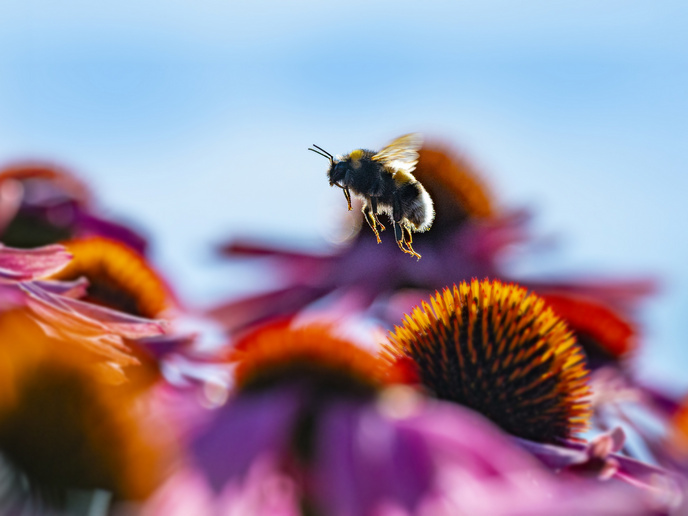Counting insects for farmland biodiversity
The EU-funded SHOWCASE project has launched an insect counting app that promotes biodiversity by helping farmers monitor flower-visiting insects. The InsectsCount app helps to build an observer community and enhances learning-by-doing by sharing observations on flower-visiting insects in relation to land use and management. Biodiversity is closely interrelated with agriculture, and bees, butterflies and other pollinating insects play a vital role in it. Pollinators aid in the reproduction of around 75 % of crops grown worldwide for human consumption. These include apples, tomatoes, berries and other crops grown in Europe, as well as imported crops such as coffee, mangoes and soybeans that have become part of modern European diets. We need pollinators for their role in increasing crop yields and enhancing crop quality. However, this is not their sole contribution. They also support biodiversity and help food production systems adapt to climate change, ensuring future food security. This is why their dwindling numbers have brought to the fore the need for effective conservation efforts and pollinator-friendly practices. An important step towards achieving this is by monitoring insect populations and identifying species at risk.
Community participation is key
The app helps users share and access data on observed pollinator species, including statistics comparing species observed by the user with those found throughout a region. The aim is for farmers to gain insight into the relationship between an observed species and a specific region’s land use and management practices. But to effectively use the app, coordinators must first create an observer community by gathering observers within a region and motivating them to actively participate. Alternatively, groups of users can find a coordinator who has started an observer community. It is this community participation that sets the app apart from other insect counting efforts. User involvement is strengthened using innovative gamification elements, such as awarding badges when observation goals are met. Michiel Wallis de Vries of SHOWCASE project partner Dutch Butterfly Conservation, the Netherlands, highlights the app’s uniqueness in a ‘EurekAlert!’ news release, stating “as far as we know, this app is the first to combine pollinator monitoring and gamification.” Monitoring communities are organised in experimental biodiversity areas (EBAs), regions where farmers, researchers, NGOs and citizens work together to enhance biodiversity for agricultural systems and surrounding ecosystems in a community effort. The ultimate goal is improved sustainability and resilience in agriculture. The news release explains further: “After registering with an EBA, users can customise their preferences, such as joining a regional group, sharing data, selecting language preferences, and specifying the organisms they wish to monitor, such as flower-visiting insects. Once their account is established, users can begin recording the abundance of flower-visiting insects. Farmers also have the option to collect biodiversity data themselves or utilise recorded information to implement specific actions on their farms.” The app is part of the SHOWCASE (SHOWCASing synergies between agriculture, biodiversity and Ecosystem services to help farmers capitalising on native biodiversity) project’s effort to deliver novel tools that aid the transition to more sustainable farming. Another initiative geared towards this goal is a platform called Living Fields that the project is creating to provide farmers with high-quality information of the benefits of biodiversity in agriculture. For more information, please see: SHOWCASE project website InsectsCount website
Keywords
SHOWCASE, pollinator, insect, app, biodiversity, farmer, observer community, agriculture



